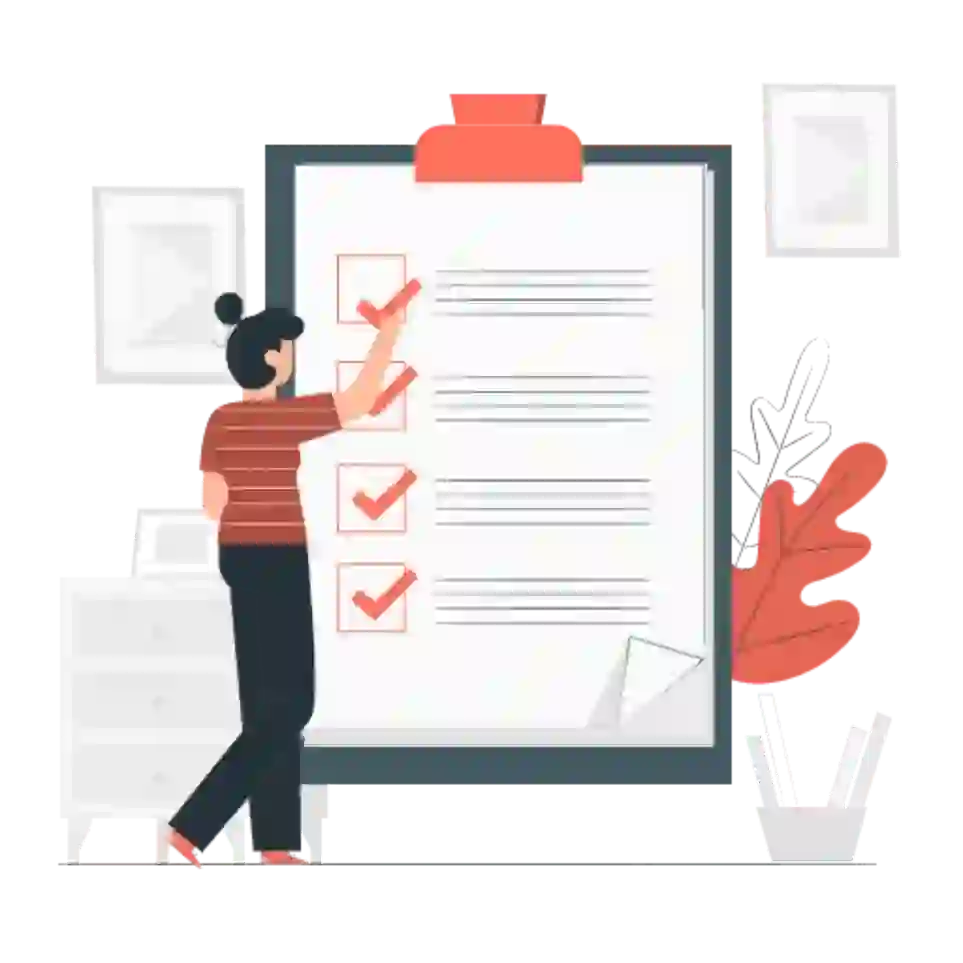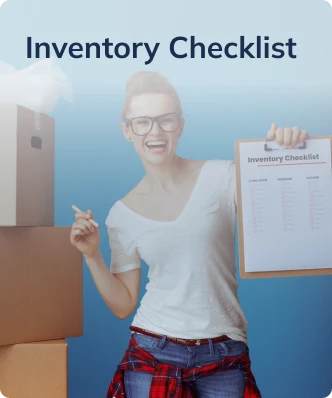To help maintain VanlinesMove.com and keep our resources free for users, we receive compensation from service providers featured on our site. This compensation comes from two primary sources: paid placements, which affect the order and visibility of providers’ offers, and affiliate links that may generate commissions when clicked. Not all providers in the market are included.
While this compensation influences placement, it does not impact our editorial content or recommendations. The information provided is for general informational purposes only and should not be taken as legal, financial, or professional advice. We recommend conducting thorough research and consulting experts before making any relocation decisions. For more details, please refer to our Terms of Use and Privacy Policy.
Why a Moving Inventory List is Essential for a Smooth Relocation
Moving to a new house is thrilling, but at some stages, it becomes chaotic and difficult. The task that makes a move difficult is packing and organizing all the belongings. Even if you hire a professional moving company near you, you must manage your belongings. To avoid all the hassles of packing and management, get a moving inventory list. A list of all the items in your house that you will take to the new house. This moving inventory list will help you track the belongings, packing, and unpacking.
This list is categorized according to the rooms, and the items in each room will be listed here. A well-designed inventory list helps in the move at several stages including- moving cost estimation, evaluating the cost of packing supplies, keeping track of items, and easy unpacking. If you have an inventory list with all the details of each item loaded on the truck, it will also help you in case of an insurance claim.
There are several steps you can follow to create an inventory list for your move, or you can download a printable version of the Van Lines Move Moving Inventory list here.
Tip: Take photos and videos of every room, focusing on significant item.
Pro Tips for Using a Moving Inventory Checklist
- Number Every Box: Write the box number on the checklist and on the box itself so they match.
- Use Color Codes: Assign a color to each room (e.g., blue for kitchen, red for bedroom) to make unpacking faster.
- Be Specific: Instead of writing “kitchen stuff,” list items like “set of 6 plates, blender, silverware set.”
- Mark Fragile & Valuable Items: Clearly note which boxes contain breakables or high-value items.
- Keep a Digital Backup: Use a spreadsheet or moving app so you always have a copy, even if the paper list gets misplaced.
- Take Photos: Snap a quick picture of items before packing — especially electronics or fragile pieces — to help with setup and insurance documentation.
How an Inventory Checklist Saves Time & Money
- Faster Packing & Unpacking: When everything is labeled and logged, you’ll spend less time searching for essentials in a sea of boxes.
- Prevents Unnecessary Purchases: You won’t waste money buying things you already packed but can’t find.
- Protects Against Loss: If something goes missing, you’ll know exactly what it was and which box it belonged to.
- Simplifies Insurance Claims: Detailed records make it easier to get compensated if items are damaged during the move.
- Streamlines Moving Day: Movers can handle boxes more efficiently when they’re clearly labeled and organized.
FAQ
-
1. Why do I need an inventory checklist for moving?
Ans: Because moving involves dozens of boxes and items, it’s easy to lose track. An inventory checklist ensures everything you pack gets to your new home. It also helps you stay organized, speeds up unpacking, and protects you in case something is lost or damaged.
-
2. Can I use it for both local and long-distance moves?
Ans: Yes, absolutely. An inventory checklist is useful for any type of move. For local moves, it keeps things organized and efficient. For long-distance relocations, it’s even more valuable since your items are in transit longer and more likely to be mixed up or misplaced.
-
3. Should I include furniture in my inventory list?
Ans: Definitely. Large items like beds, sofas, or dining tables should be listed along with condition notes. This not only keeps track of what you moved but also provides documentation if any damage occurs during transport.
-
4. Is a digital checklist better than paper?
Ans: Both have benefits. A paper checklist is simple and easy to check off while packing. A digital checklist (spreadsheet or app) is more secure, easier to update, and accessible on multiple devices. Many people use a combination of both: paper for quick packing, digital for long-term tracking.
Join Our Moving Network
Fill out information below to receive real time verified moving leads
For submitting your details.
Our representative will connect with you shortly. Meanwhile, you can visit your email for related information. You can also reach us
directly at (833) 408-0606
Want us to find other movers?



 Local Movers
Local Movers Last-Minute Movers
Last-Minute Movers Junk Removal
Junk Removal Long Distance Movers
Long Distance Movers Piano Movers
Piano Movers Heavy Equipment
Heavy Equipment Commercial Movers
Commercial Movers Moving Container
Moving Container Car Transportation
Car Transportation Furniture Movers
Furniture Movers Truck Rental
Truck Rental Moving Cost Calculator
Moving Cost Calculator Moving Planner
Moving Planner Packing Calculator
Packing Calculator Moving Checklist
Moving Checklist Moving Insurance
Moving Insurance FAQ
FAQ Contact Us
Contact Us Moving Loan
Moving Loan About Us
About Us








